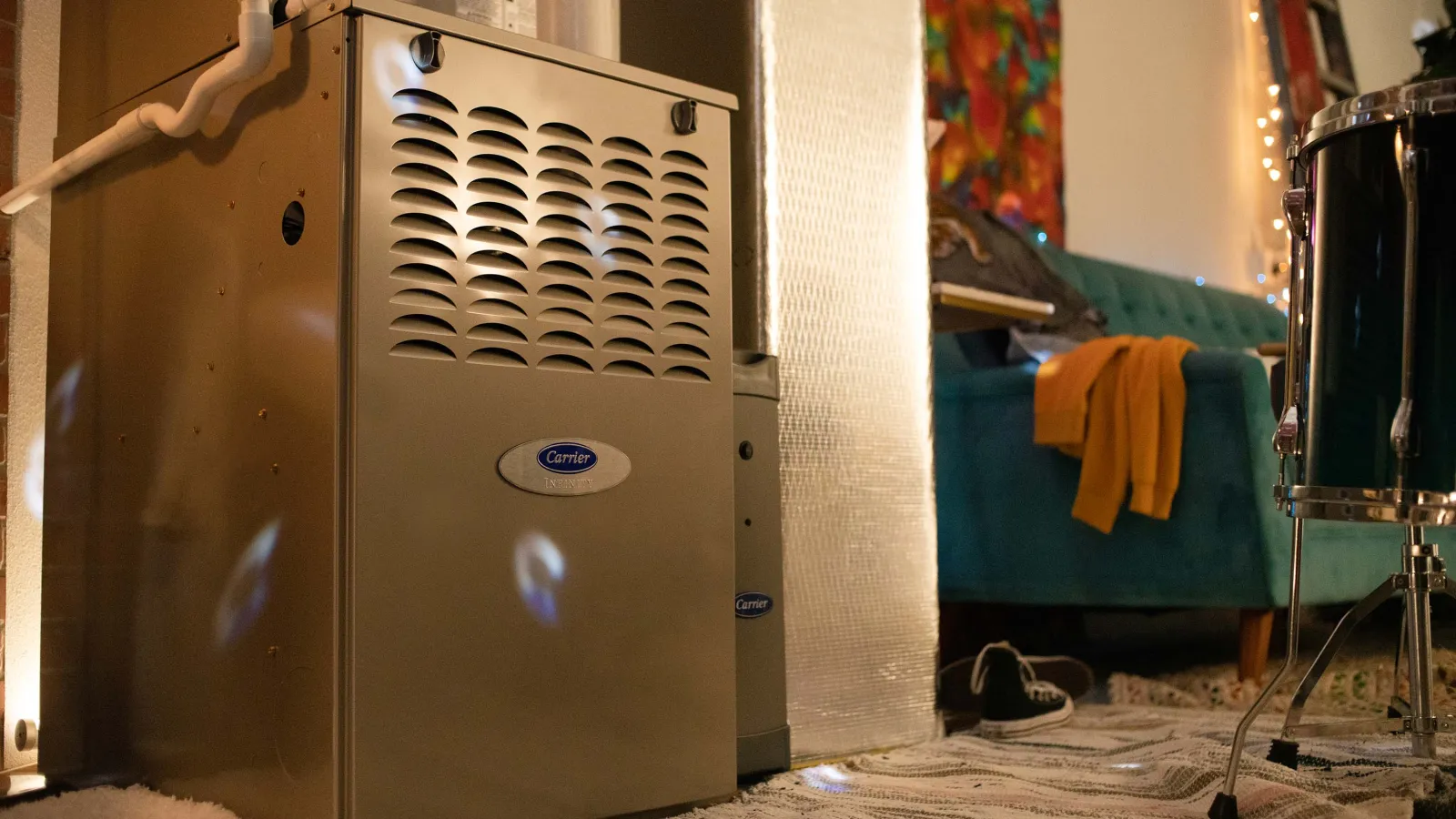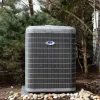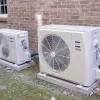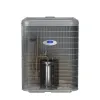Modulating furnaces are fabulous machines. Due to their design, they’re far more efficient than your typical furnace. Since they adjust output according to your home’s heating needs, they can also keep you more comfortable than the single-stage, on/off furnaces found in most homes.
But do modulate furnaces have more problems than regular furnaces? And if you’ve already got one, are there any specific repairs you should anticipate?
Those are the questions we’ll address here. But first, let’s take a look at some reasons it might make sense to consider a modulating unit for your next furnace replacement. Feel free to skip ahead if you already understand the basic mechanics of these furnaces and why they’re so effective for comfort improvements and energy savings.
Psst. If you live in metro Atlanta and your modulating furnace is giving you trouble, give us a shout! We’ll figure out the problem – and the best fix.
Hey, you know what? A modulating furnace’s primary benefits can be summed up in a single sentence:
Modulating furnaces don’t have to run at full blast.
In some ways, it is that simple. Since they don’t have to operate at full capacity all the time, modulating furnaces deliver superior overall performance compared to standard units.
Consider a basic gas-powered furnace, which turns on any time the indoor temperature dips below the thermostat setting. It always runs at one speed because that’s the only speed it’s got. And that speed is full-on, pedal-to-the-metal fast.
Every time the basic furnace turns on, it consumes a lot of energy. Then, since it’s running at full capacity throughout its operation, it also burns quite a lot of gas while it’s running.
Modulating furnaces doesn’t work that way. They’re capable of running at more than one speed, and they rarely operate at full capacity because they don’t have to.
Most of the time, furnaces with a modulating gas valve run at a consistently low capacity, ramp up the speed and the heat as needed and then ramp back down to a lower level to maintain the desired temperature. All of this is great news for you, the Atlanta homeowner, because:
- Temperatures are more consistent and more comfortable. These furnaces don’t turn on and then turn off like standard ones, so you don’t have these alternating periods of scorching heat and burdensome chilliness. They run at a low level almost all the time, keeping each room warm without all the back-and-forth temperature fluctuations.
- They consume less gas and electricity. You don’t always need to burn a large quantity of natural gas to heat a room, but that’s what typical furnaces do: burn as much gas as they’re designed to burn every time they turn on. Modulating furnaces only burn as much gas as you need to heat a given space, which can make a gigantic difference in your heating bill. And since every modulating furnace has a variable speed blower, they consume less electricity, too.
Speaking of variable speed blowers…
The variable speed blower is the fringe benefit of a modulating furnace.
Every modulating furnace has one. Sure, some non-modulating furnaces have variable speed blowers (aka variable capacity blowers), but modulating units always have them. Otherwise, airflow and gas pressure modulation wouldn’t be in sync and the furnace couldn’t function properly.
Most standard furnaces and, for that matter, air conditioners have a single-speed blower that always runs at the same (usually high) speed whenever there’s a call for heat or cooling. Variable speed blowers, on the other hand, can run at low or high speeds to the home’s heating or cooling needs. They usually run at lower speeds, consuming less energy than their standard “on/off” brethren.
So, modulating gas valve + variable speed blower = better comfort, and less energy consumption.
But do modulate furnaces have any unique problems you should be aware of?
These are the primary modulating furnace problems.
Ok, there’s just one modulating furnace-specific problem that we’re used to seeing out in the wild: gas pressure settings.
With a modulating gas valve, a technician has to establish “low fire” and “high fire” settings. Respectively, these terms refer to the least and the most amount of heat the furnace will deliver to the home under any conditions. Without getting too technical, let’s just say the unit’s inducer fan motor has to go through a kind of, well… learning curve whenever the technician sets this up.
When the gas valve settings are off, the furnace might not start at all.
Other times, it won’t ramp up to properly meet your home’s heating needs and will quickly shut itself down. Practically speaking, you’ll need to call a knowledgeable HVAC contractor to come over and set the gas pressures properly.
If you’re thinking, “That’s not a problem with the furnace; it’s a problem with the installation,” you are correct. This is the most common modulating furnace problem that we see, and it’s not even the furnace’s fault!
For that matter, most of the service calls we receive for modulating furnaces are installation-related and not specific to the equipment. From the vent pipe installation to condensate removal issues, most modulating furnace problems are the same problems you’ll experience with any high-efficiency furnace.
And again, these are problems with the installation. Not with the furnace.
We have a tried-and-true way of reducing the frequency of these and other common furnace problems:
Install the modulating furnace right the first time. Then audit the installation.
That’s our solution, and it’s about as close to foolproof as you can get. Besides only sending highly trained, experienced technicians to perform these delicate and intricate furnace installations, we also send out a quality control technician. This individual audits every installation to ensure it was done properly and that the furnace is meeting the home’s heating needs.
This approach nearly always helps you avoid the gas valve issue we mentioned above.
Aside from that, there’s a 10-year labor warranty (Atlanta’s best HVAC warranty, as far as we’re aware) and a 10-year parts warranty on the unit. If something fails and needs replacement, the equipment costs are covered! And, in the unlikely event, we made an installation error, that’s covered as well.
Day in and day out, we don’t see any more problems with modulating furnaces than we see with standard furnaces.
So if you’re getting cold feet about buying one of these systems because you’re worried about modulating furnace problems, rest assured. There’s nothing special about modulating furnaces that leads to more frequent breakdowns or repair costs. And remember, that stuff is covered by your parts and (at least with us!) labor warranties anyway.
Having problems with an existing modulating furnace? Well, there’s a good chance the issue is related to the system’s installation or modification by a careless or less-than-capable HVAC technician.
And if it is an equipment issue, it’s unlikely that anything about the furnace’s modulating gas valve or variable speed design is the culprit. It’s probably a problem that can occur with any type of furnace.
Give us a holler, and we’ll come out to diagnose the problem! We’ll explain in clear, plain language what the problem is and how we’ll make it go away.
There’s a good chance we can fix it right then and there, so you’re warm and toasty again before you know it.






